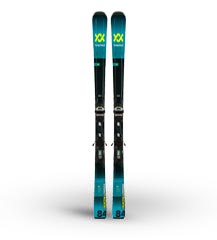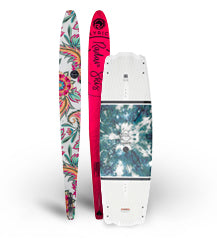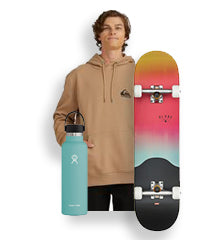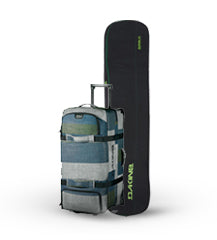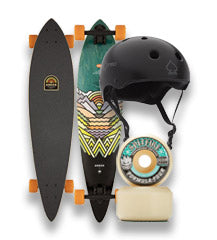Snow Clothing Insulation – Your Questions Answered
August 31, 2020 3 min read
A Guide to Insulated Snow Gear
Staying warm on the hill is the key to making every day your best day. The snow sports we love occur in some of nature’s most brutal environments, freezing cold temperatures often coupled with wind, rain and ice. If you ask me, we all deserve a pat on the back for even giving it a go!
There are so many options out there for snow insulators these days. How are you supposed to know which is the right fit for you?
Never fear; generations of skiers and snowboarders have done the hard yards, so you don’t have to. Options to keep us warm and cosy in crazy conditions have been endlessly tried and tested, leaving us with an abundance of options at our fingertips, and luckily for you, we here at Auski love nothing more than sharing our experience with you.
“The overriding principle at work in all types of insulation is the same; small pockets of air get trapped in the small spaces in either down or polyester, they warm up, and provide warmth in cold conditions.”
Q: What’s the difference between down and synthetic insulation?
A: Put simply, down insulation comes from birds and synthetic insulation is usually made from polyester.
Down
Down is rated on a spectrum of ‘fill power’ – this rating is measured by how many cubic inches one ounce of down can fill. The typical range is around 450 to 900, with 900 being the warmest and lightest… but also the priciest. Down is great for extremely cold conditions however can get heavy when wet.
| Pros of Down Insulation | Cons of Down Insulation |
|
|
Synthetic Insulation
There are many types of synthetic insulation that gets used in the manufacturing of snow clothing. Generally it is a loft of polyester fibres that get spun into a thick layer of insulation. This layer is similar to what you might find in your pillow. Like down, synthetic insulation traps heat to keep you warm. For those who get hot and sweaty on a day out, or who are riding in wet and humid conditions, synthetic insulation’s quick-drying power and its ability to retain warmth when wet make it a top contender!
| Pros of Synthetic Insulation | Cons of Synthetic Insulation |
|
|
Q: How much insulation do I actually need?
A: We get asked this a lot, and it’s a complicated question to answer due to the subjectivity of people’s different needs.
A good rule of thumb is:
Warmer conditions: 50-100gsm
Colder conditions: 100-200gsm
(gsm: grams of insulation per square metre, you may see this measurement on the tags of jackets and pants)
Choosing a jacket with less insulation gives you the option to add more layers and in turn, make the jacket more versatile for a range of differing conditions. However, choosing a jacket with more insulation means you’re covered for the very cold days and don’t need to add layer upon layer to stay warm. Realistically, this is all about personal preference, how cold you get and what style you prefer.
Q: The bigger the jacket, the warmer it is, right?
A: Wrong.
Ensure your jacket fits properly allowing for an appropriate amount of layering. We always recommend trying your jacket on with the layers you’ll be wearing upon making your choice.
Choosing a larger jacket will give you the option to add more layers but add size very carefully. A big jacket will also negate the effect of trapped air creating warmth. If there’s too much room in there, air will escape and quickly make you cold. You can read more about how to layer clothing for the snow here.
Q: What about a shell?
A: Shells are a great option for versatility. Many people choose to combine a shell with a thin down puffy to ultimately create an insulated jacket. This can mean you have three jackets, a puffy for après, a shell for warmer days and an insulated jacket for when the temperatures really drop.
Whilst this option is popular, it is more expensive as you’re buying more than one jacket. For our Australian conditions, insulated jackets with high levels of waterproofing are our most popular sellers.
Check our out complete guide to waterproofing ratings of snow jackets blog to find out how the ratings work.
If you have any questions about insulated snow clothing, send us an email or get in touch with us on Facebook or Instagram (@auskiaustralia)!
MOST READ
MOST SHARED
Leave a comment
Comments will be approved before showing up.
Also in Blogs

How to Kneeboard for Beginners: Tips, Tricks, and Safety Advice
August 21, 2025 11 min read

The Ultimate Guide to Snowboarding at Rusutsu Resort, Hokkaido
July 15, 2025 13 min read

10 Wakeboarding Accessories Every Rider Needs in 2026
June 16, 2025 9 min read



